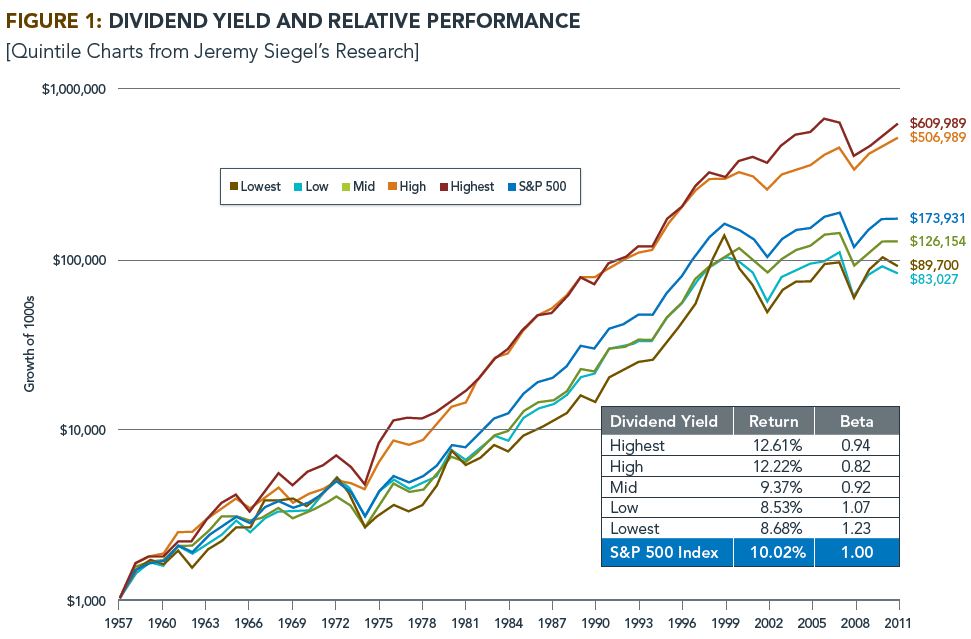We’re now done with Wall Street’s “earnings season,” so it’s a good time to review and see which companies shone the brightest. Here are three of our favorites, all of which we own in our primary portfolio and all of which beat Street earnings expectations for the first calendar quarter.

For its first quarter, ending March 31, Facebook (FB) “beat” earnings expectations by $0.15 on quarterly revenue that rose 52% from the year-earlier quarter. The social network continues to move from strength to strength in my opinion. And the numbers are staggering:
- Facebook users who log on to their accounts at least once per month now total 1.65 billion;
- Over three million advertisers now utilize Facebook;
- Facebook has 13.4% of the nearly $60 billion U.S. digital advertising market; and
- Facebook generated $1.85 billion in free cash flow in the first quarter, roughly 35% of its revenue.
I could go on but I think you get the picture. Facebook has moved swiftly past the criticisms of years past. Young people no longer find it “cool?” Who cares: young people don’t spend as much money and aren’t as valuable to advertisers as the middle-aged (or older) users who now form the heart of Facebook’s U.S. user base.
What about selling advertising to Facebook members logging in on a mobile phone? Surely that won’t be as big a market as those logging in on a PC or laptop. Forget that: in the first quarter of this year, Facebook’s mobile advertising represented 82% of total ad revenue, which itself rose over 50% year-over-year.
And, as Facebook and others move to include more video content (including advertising), the platform becomes even more compelling for users and advertisers. And we haven’t even got to talking about Facebook’s ‘other’ social platforms like Instagram (over 400 million users worldwide), Messenger (900 million) and WhatsApp (1 billion).
So what could go wrong? Well, in my view, there’s always the possibility that another network (perhaps even one of Facebook’s own) could steal Facebook’s thunder (and ad dollars). Or a security breach reveals important user personal information. And Facebook’s stock, trading at a forward price:earnings multiple of 31 does embed a lot of optimism about the future, in my view.
But I believe that future is very bright. For example, you can now send payments to another person via Facebook’s Messenger app. What’s next? How about using Messenger to pay for things at a store? You get the picture.
First Solar
In 2016, solar power is having its moment in the sun (sorry). In 2015, 13% of new electric generation capacity in the U.S. was from solar power, second only to wind power. And First Solar (FSLR), the Tempe, Arizona-based maker of solar power modules and complete, turn-key solar systems, is one of the few companies to profitably benefit from this mega-trend.
What’s more, First Solar’s business model differs from the business models of others in the solar space including SunEdison, a solar-based utility that recently filed for bankruptcy.
First Solar is growing – revenues in the first quarter rose 81% versus the first quarter of 2015 – and profitable. And those profits make it to the bottom line. On quarterly revenues of $848 million, the company generated $50 million in cash flow from operations. Accounting tricks can make earnings out of thin air. But operating cash flow can’t be faked – it’s a sign of basic business health.
What are the risks? I think the biggest risk to any alternative energy company is the regulatory climate, in my view. The industry depends on subsidies to make its products more cost-competitive with traditional energy sources like coal and natural gas. I’d say, however, that government policies at the Federal level have been supportive recently, including an extension of the key Investment Tax Credit in December 2015, providing at least five more years of Federal support.
One last thing to remember about solar cells: they utilize the same semiconductor technology as computer chips. And like the latter, they continue to get cheaper and more cost-effective as time goes on. Meanwhile, oil and gas typically only get more expensive over time.
ESCO Technologies
ESCO (ESE) is in the filtration, high-technology packaging and test equipment business. Based in St. Louis, Missouri, ESCO flies a little under the radar, selling advanced, fine-tolerance manufacturing tools and components to other industrial companies. You probably don’t recognize their name. But you can still appreciate their business model.
In the March quarter, ESCO’s revenue grew nearly 8% from the same period a year earlier, and its earnings per share grew 33% thanks in part to lower acquisition-related expenses and an aggressive stock-buyback.
Meanwhile, the company’s official backlog of business at the end of March represented about one half of a year’s worth of expected business. Management was confident enough to slightly raise their expectations for their fiscal 2016 earnings per share. But not too much – ESCO is wise enough to want to under-promise and over-perform.
Commenting on the post-earnings conference call, ESCO’s Chief Executive Officer Vic Richey said, “Our March 31st order backlog and YTD cash flow are well ahead of plan.”
So what could go wrong in my view? ESCO’s business model relies on a mix of organic growth driven by internal research and development, augmented by a steady stream of small acquisitions.
While ESCO has a history of successfully integrating these new, outside operations into the larger company, the new business always clouds the overall view of the company and its prospects. This likely depresses the company’s valuation. But usually not for long.
We’re now entering the “sell in May” part of the Wall Street calendar. You may be tempted to “go away,” perhaps to return in October when the overall stock market so often hits a low point. But before you leave, I hope you’ll look further into these three technology investments.
Photo Credit:




